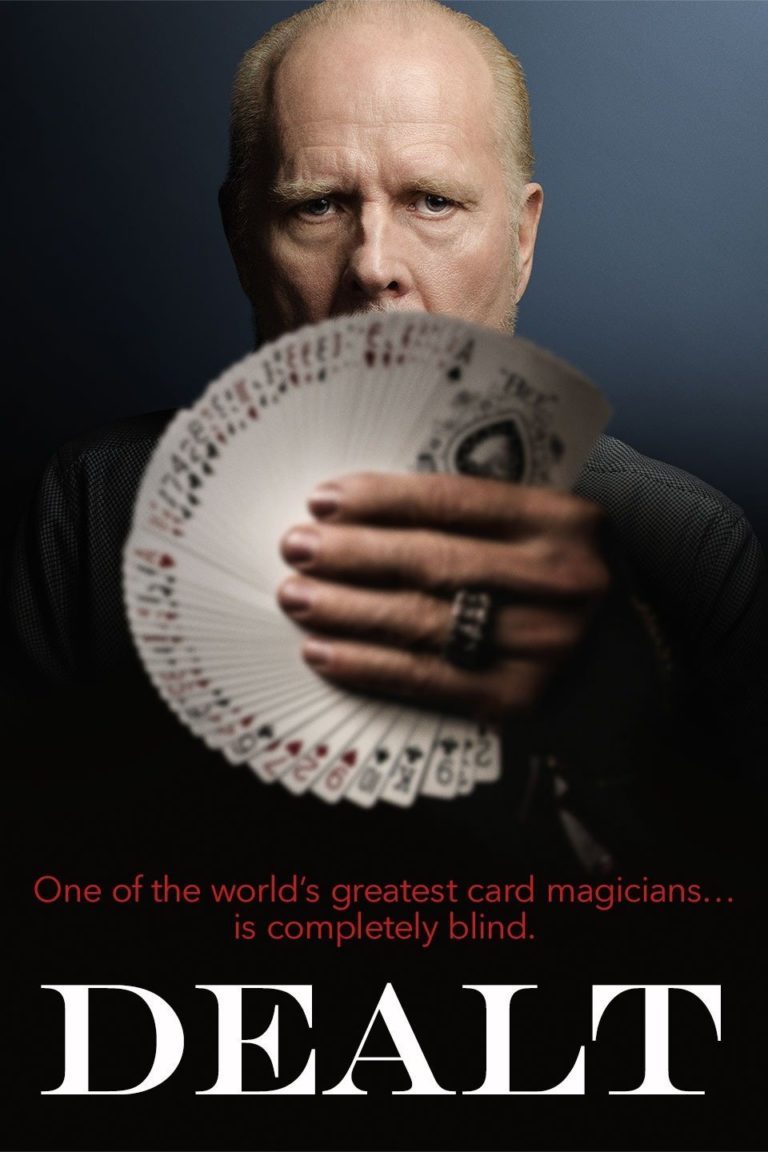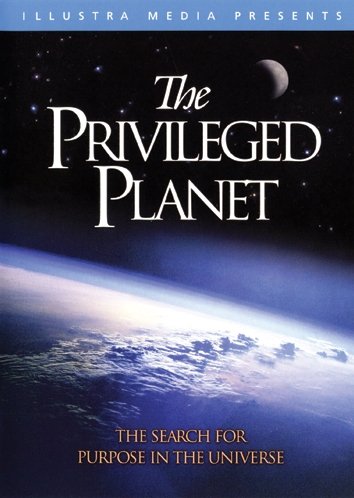
By India McCarty
When it comes to protecting yourself from the sun’s ultraviolet (UV) rays, you can never be too careful. However, today’s teens are obsessively checking every day’s UV level for a very different reason.
“In this case, the concern is that ‘checking the UV’ does not mean checking to see if the UV is too high to go out in the sun, which is the intended purpose of the UV rating,” Brandy Smith, PhD, a licensed psychologist with Thriveworks, told Parents. “Rather, ‘checking the UV’ is being used as…an indication of [figuring out when] a good time to go outside in the sun to achieve an appearance that has been purported as desirable.”
Teens want the ideal UV level to optimize their tanning time, but experts warn against this dangerous habit.
“When teens see these trends and beauty content pushed, it reinforces to them that beauty is more important than health,” Emily Guarnotta, PsyD, a psychologist with Phoenix Health, explained. “Teens may also prioritize short-term rewards, like tan skin, over long-term risks.”
Related: Experts Warn Against TikTok’s ‘Caveman Skin’ Trend
In an article for The Washington Post, Morgan Rabach, an assistant clinical professor of dermatology at the Icahn School of Medicine at Mount Sinai, explained that this obsession with high UV levels is “dangerous behavior.”
“Anything over a [UV index of] 3 means to be careful,” she continued. “You can target a UV index of 10 or 11 one time, get a blistering sunburn and double your chance of melanoma for the rest of your life,” adding that the higher the UV number, the more “extreme danger” you face.
Susan C. Taylor, MD, an associate professor of dermatology at the University of Pennsylvania Perelman School of Medicine and president of the AAD, told Women’s Health that young people have it “completely backward” when it comes to tracking UV.
“When UV is high, it means there are many UV rays getting through, so you need to double your skin protection efforts, avoiding the sun between the peak hours of 10 a.m. and 2 p.m. and wearing hats, sunglasses, rash guards,” she said, instead of following the current trend of going outside unprotected when the UV is high.
She continued, “Think of a sunburn as a total body scab. You fall down and skin your knee, and it scabs over. Well, when you get a sunburn, that’s damaged skin, and then as it scabs over, you may see a tan — but it’s still an injury.”
For parents who want to find constructive ways to talk to their teens about the dangers of UV, Parents recommends educating them about the realities of overexposure to UV rays.
Smith also told parents to encourage teens to think about their future, instead of just their present.
“[This] time of life is associated with a sense of invincibility or at least limited awareness of how what one does now impacts future self, especially decades into the future,” she said.
Smith continued, “Thinking of how ‘tanned skin is technically damaged skin’ is not a notion commonly enough discussed, but is one that you, as parents, can make sure your teen is aware of, starting preferably when they are younger. A teen thinking about how their actions now could impact skin cancer in the future is not going to come naturally, so talk about that reality.”
“No, you do not have to scare your children and teens, but you can have helpful conversations that educate them on beneficial actions now that can also help future them,” Smith concluded.
As we enter into the hottest summer months, it’s important that parents have conversations with their teens about the dangers of going out in the sun without any protection.
Read Next: What Is the ‘Glazed Donut Skin’ Trend, and Is It Safe for Your Teen?
Questions or comments? Please write to us here.


 - Content:
- Content: 

